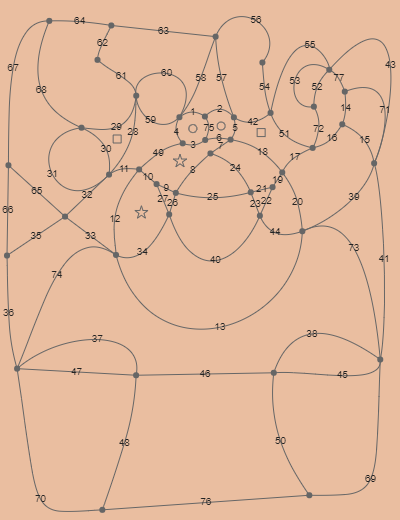Mercyhurst College mathematician Charles Redmond used to get frantic phone calls at the end of each term from colleagues in other departments who’d written syllabi saying “Quiz 1 is 10% of your final grade” and now couldn’t figure out how to do the necessary calculation.
“There’s a good reason,” Redmond wrote. “They said something they didn’t mean to say, and they had only a vague notion of what they meant to say in the first place.”
He suggested that students might turn this confusion to their advantage. Suppose Quiz 1 is worth 10 or more points and your score is 9. If x is your final grade and “Quiz 1 is 10% of your final grade,” then 0.10x = 9 and suddenly your final grade is 90, an A.
“Not bad for about a week’s worth of work. Take the rest of the semester off.”
(Ed Barbeau, “Fallacies, Flaws, and Flimflam,” College Mathematics Journal 33:2 [March 2002], 137-139.)




